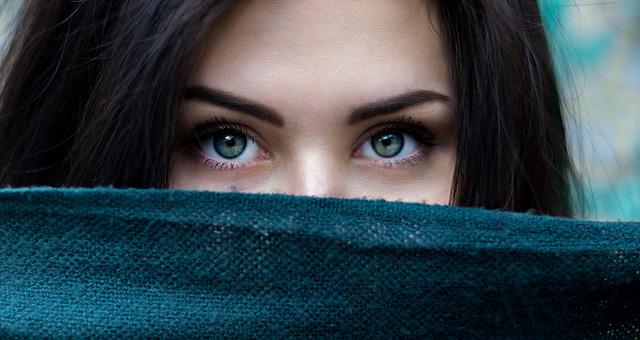How to choose micro blading tool?
Introduction
If you’re considering microblading, one of the most important decisions you’ll make is choosing the right blade. In this blog post, we’ll give you some tips on how to choose the best blade for microblading, as well as how to care for your eyebrows after the procedure.
Microblading is a semi-permanent tattooing technique that creates hair-like strokes to fill in sparse or thinning eyebrows. The results can last anywhere from 6 weeks to 3 years, depending on your skin type and aftercare.
There are many benefits to microblading, including natural-looking results, low maintenance, and the ability to customize your brows. However, there are also some drawbacks to consider before deciding if microblading is right for you. These include pain during the procedure, possible infection or scarring, and the fact that it is not suitable for everyone.
Now that you know a little bit about microblading, let’s talk about how to choose the best blade for your eyebrows.

What is microblading.
What are the benefits of microblading
Microblading is a form of eyebrow tattooing that involves using a fine blade to deposit pigment into the skin. This technique can be used to create very natural-looking eyebrows, as the strokes made by the blade mimic the look of real hair. Microblading can also be used to correct asymmetrical or sparse eyebrows, or to simply give the brows a more defined shape.
There are many benefits to microblading, but the most notable is that it can give you beautiful, natural-looking eyebrows that require little to no maintenance. Once the initial healing process is complete (which takes about 4 weeks), you will have perfect brows that will last for months – even up to a year in some cases! Another great benefit of microblading is that it is much less expensive than other methods of eyebrow tattooing, such as powder filling or ombre shading.
What are the drawbacks of microblading
Although there are many advantages to microblading, there are also some potential drawbacks that you should be aware of before making your decision. One of the biggest disadvantages is that microblading is not permanent – which means that you will need to undergo touch-ups every few months in order to maintain your desired look. Additionally, because microblading involves puncturing the skin with a sharp blade, there is always a risk of infection or other complications. Finally, it’s important to note that not everyone is a good candidate for microblanding; if you have oily skin or large pores, for example, your technician may recommend another method of eyebrow tattooing such as ombre shading.
How to choose the best blade for microblading.
Consider the shape of your eyebrows
The shape of your eyebrows will play a role in how well microblading works for you. If you have very thin, sparse eyebrows, microblading may not give you the results you want. On the other hand, if you have very thick, bushy eyebrows, microblading can help give them more definition and make them look neater.
Consider the thickness of your eyebrows
The thickness of your eyebrows will also affect how well microblading works. If your eyebrows are very thin, the blades used in microblading may be too thick and could cause damage to your skin. On the other hand, if your eyebrows are very thick, the blades used in microblading may not be able to penetrate through all of the hair follicles and could result in an uneven appearance.
Consider the color of your eyebrows
The color of your eyebrows will also play a role in how well microblading works. If you have very light-colored eyebrows, the pigment used in microblading may not show up as well and could fade quickly. On the other hand, if you have very dark-colored eyebrows, the pigment used in microblading may be too intense and could look unnatural.
How to care for your microbladed eyebrows.
Avoiding sun exposure
One of the most important things you can do to care for your microbladed eyebrows is to avoid sun exposure. This means wearing a hat or using an umbrella when you’re outdoors and applying sunscreen to your brows every day.
Sun exposure can cause the pigment in your microbladed eyebrows to fade, so it’s important to take these precautions if you want them to look their best.
Keeping the area clean
It’s also important to keep the area around your eyebrows clean. This means cleansing your face twice a day, and being careful not to get any makeup, dirt, or oil on your brows. You should also avoid touching your brows with dirty hands.
In addition, you should avoid using any harsh chemicals or exfoliants near your eyebrows, as they can cause irritation and damage the delicate skin in that area.
Not picking at the scabs
Finally, it’s important not to pick at the scabs that form after microblading. These scabs protect the newly tattooed skin underneath and help it heal properly. Picking at them can cause infection, scarring, and even loss of pigment in your eyebrows.
Conclusion
If you’re considering microblading, it’s important to choose the right blade to ensure the best results. The shape, thickness, and color of your eyebrows should all be taken into account when selecting a blade. In addition, it’s important to care for your microbladed eyebrows properly by avoiding sun exposure, keeping the area clean, and not picking at the scabs. With proper care, you can enjoy beautiful, well-groomed eyebrows for months to come.
About











